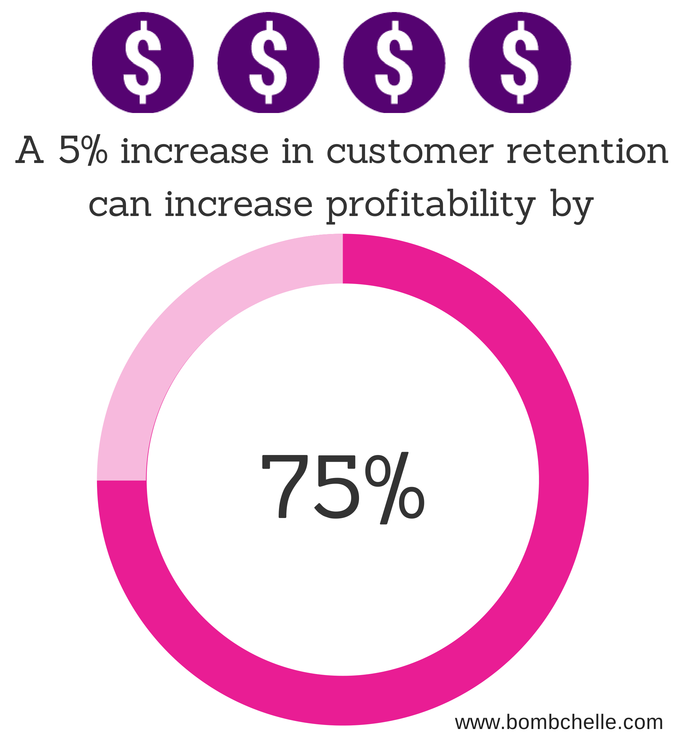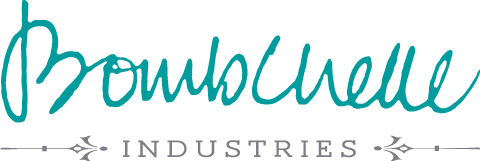
This is the first post in the summer slump series – view all the posts & read the others here.
Summer is a super-slow period for a lot of freelancers & businesses. People are traveling, people are vacationing, people can just be tuned out – which of course, means less business for you. This was on my noggin after a post I wrote for Grasshopper, and I wanted to discuss the summer slump from more of a systems point of view – not a one time thing like “have a sale,” but “these are the things I do regularly that help my biz in slow periods.”
The disclaimer is that I don’t typically have a huge summer slump – my incredibly slow period usually tends to be towards the end of the year, although I’m 99% sure these systems are at least partially to credit for the lack of summer slowness in the first place. I’ll talk more about that slow period and how it plays into this advice in the next post in this series, but in the meantime, here’s what I’ve got:
Systematize your client follow up
One would presume that the rest of the year, you’re getting new clients at a fairly steady rate. If that is the case (and if it’s not, see the next tip), then keeping your client follow up systems in shape (or using the slow period to set them up) will help even things out. Every time I release a new product, service, or class, I let my previous clients and customers know about it…and they’re often the first ones to take me up on it.
Why bother spending time on client follow up?

Lemme hit you with some facts:
- A 5% increase in customer retention can increase profitability by 75% (Source: Bain & Co.)
- Attracting a new customer/client costs five times more, on average, than keeping an existing customer (Source: Lee Resource, Inc.)
- Loyal customers are worth up to 10x as much as their first purchase (Source: White House Office of Consumer Affairs)
And the kicker: the probability of selling to a new prospect is 5-20%. The probability of selling to an existing customer? 60-70%.
(Source: Marketing Metrics)
Yes, you read that right: it is three to fourteen – fourteen! – times easier to sell to an existing customer than a new one.
So, if you’re steadily getting clients the rest of the year and following up with them regularly, that’s income you’d be missing out on otherwise – including during the slow seasons like summer. Of course, the client follow up action kit can help you do this – you know, if you’re looking for a step by step guide.
Systematize your pitching + promotion
This was essentially the whole topic of a whole post fairly recently: Empty funnel? How to get more clients, stat.
If, during the rest of the year, your business is driven mostly by your online presence (blog and social media) and word of mouth, then avoiding the summer slump might just be a matter of being more proactive than you usually are. At the moment, I’m selling my services almost entirely through having a very proactive, very streamlined pitching system. (That sounds like some kind of baseball apparatus…but you know what I mean.) And you know what? It’s working!
Here’s a few action steps to get you started:
- Set up automated systems (using IFTTT and other tools) so that you get the information you need without checking job boards daily
- Create a pitching template (or 2-3, if you have a few different specialties) for sending in response to posts/requests for proposals (but always customize it!)
- Set metrics and stick to them – decide to pitch three (or five, etc.) people a day and do it before you start your work for the day, or at the end of the day
You should really read the whole post I mentioned above if this is an area you want to shore up, because it goes into more details on each of those & includes an email template for you to swipe.
Systematize your services
What? What in the world does working on your services have to do with avoiding a slump in your business? I’ll tell you what:
Retainer services
By “retainer services,” I mean services that are a flat fee that are paid monthly (like my “editorial on call” service). With retainer services, you’ve got the same amount of money coming in each month, so it can even out the peaks and troughs that come with running a service based business.
The danger here is that you wind up relying on one or two retainer clients to essentially carry your business, and if one of them goes out of business or drastically changes their business model (as happened to me in October of last year, right before my super-slow period), you’re pretty much SOL. This time around, I’m deliberately not offering the same level of retainer services I was as a project manager, because it forces me to not rely on that income. (Which maybe sounds weird and roundabout, but hey, there you go.)
Time tracking
Use a tool like Harvest (referral link, that’s what I use), Freshbooks, or Toggl to track how you’re spending your time – both inside your business and with clients. This will:
- horrify you when you realize how much time you spend in your email inbox and
- let you know where your client time is actually going and how much time you actually spend on each client so you can create…
Higher profit margins
Because so many services providers don’t know precisely where their time is going, or have systems for their services, they’re working 60 hour work weeks with no idea why they’re not absolutely rolling in dough. For each of your services, you need to:
- Create a step by step system for your services that covers everything – including the associated administrative work, intake, and delivery/wrap-up processes
- Have an accurate time estimate range for each service, that covers how long it takes whether, for example, the client uses one round of revisions or all three (check out this video for a how to on that)
- Know how many clients you can maintain (at that accurate time estimate)
- And know that, at either end of the time estimate and at max capacity for your clients, you’re making the hourly amount you want to be making. A lot of times, freelancers will set a “dream” income goal that equates to, say, ten client projects a month…without doing the math and realizing that they can only physically handle seven clients at a time. (Then the question becomes, do you spend less time on your services, raise your rates, fill in that extra income with classes or products, or do some combination of all three?)
The kick burnout kit goes into detail about how to systematize your services and make sure that you’re actually making how much you think you’re making with them.
